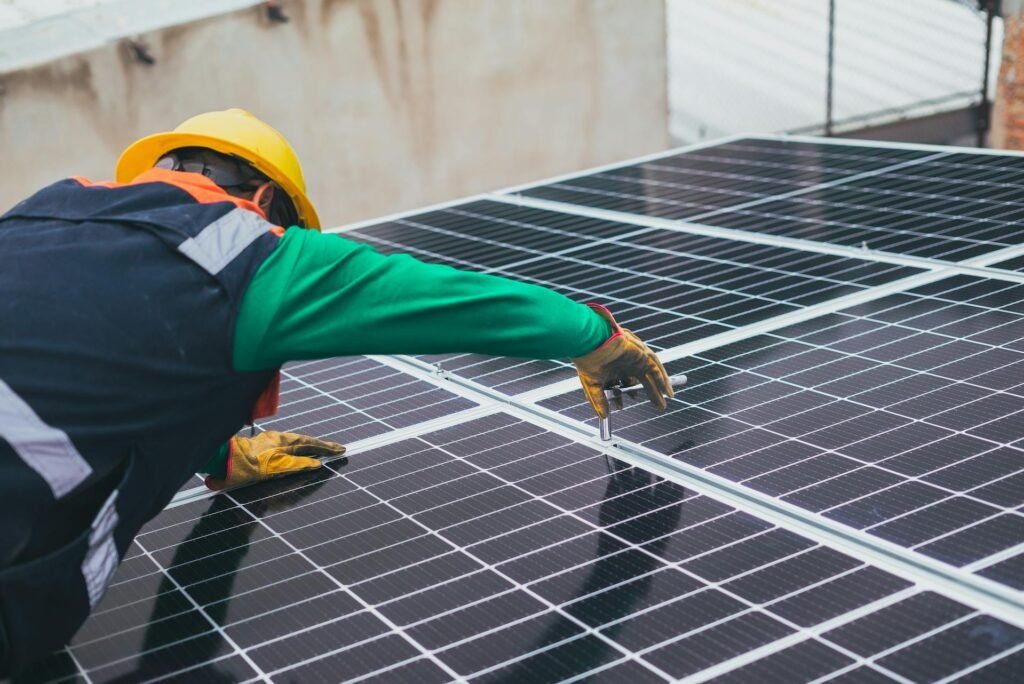In the face of unpredictable events such as natural disasters or power outages, having a reliable energy source is crucial. Solar panels offer a sustainable solution, providing power when traditional systems fail. However, determining the number of solar panels required for emergency situations involves understanding your energy needs, the capabilities of solar panels, and the conditions under which they will operate. This article provides a detailed guide on how to calculate the number of solar panels needed to meet your emergency power requirements.
Understanding Your Energy Needs
1. Calculate Your Daily Energy Consumption: Start by listing all the essential appliances and devices you would need to operate during an emergency. Common essentials include refrigerators, lights, radios, and charging stations for mobile devices. Calculate the wattage of each device and estimate the number of hours each would be used per day. Multiply the wattage by the hours of use to get the watt-hours per day for each appliance. Sum these up to find your total daily energy requirement.
Example Calculation:
- Refrigerator: 100 watts x 24 hours = 2400 watt-hours
- LED Lights: 10 watts x 5 hours = 50 watt-hours
- Radio: 5 watts x 4 hours = 20 watt-hours
- Smartphone Charger: 5 watts x 3 hours = 15 watt-hours
- Total: 2485 watt-hours/day
2. Consider Efficiency Losses: Efficiency losses can occur due to inverter inefficiency (typically about 10-20%), battery storage losses, and less-than-ideal weather conditions. It is safe to add a 25% buffer to your total energy requirement to account for these losses.

Assessing Solar Panel Output
- Average Solar Panel Output: The output of a solar panel is measured in watts and depends on solar irradiance, panel efficiency, and size. On average, a standard residential solar panel produces about 250 to 400 watts under ideal conditions.
- Estimate the Effective Sunlight Hours: Determine the average number of sunlight hours your location receives per day. This number can vary significantly depending on geographic location and time of year. The National Renewable Energy Laboratory (NREL) provides maps and tools to help estimate solar resources in the United States.
Calculating the Number of Solar Panels Needed
1. Total Panel Output Needed: Divide your adjusted total daily energy requirement by the number of effective sunlight hours to find the total watts of solar power needed per hour.
Example:
- Total daily energy needs (with buffer): 2485 watt-hours x 1.25 = 3106 watt-hours
- Effective sunlight hours (e.g., 4 hours): 3106 watt-hours / 4 hours = 777 watts
2. Number of Solar Panels: Divide the total watts needed per hour by the wattage of a single solar panel to determine the number of panels.
Example:
- If using 300-watt panels: 777 watts / 300 watts = 2.59 ≈ 3 panels
Additional Considerations
- Battery Storage: Incorporating battery storage is crucial for providing power during the night or on cloudy days. Calculate your storage needs based on your total daily energy consumption and the number of days you want to have backup power.
- Scalability and Redundancy: Consider installing extra panels to ensure redundancy, particularly if you live in an area with less predictable sunlight.
- Professional Assessment: Consulting with a solar energy expert can provide a more accurate assessment tailored to your specific location and needs, taking into account local regulations, roof space, and potential shading from trees or other structures.
Determining the number of solar panels required for emergency use is essential for maintaining power during critical times. By understanding your energy needs, assessing panel output, and calculating the total number of panels needed, you can ensure a reliable power supply that keeps essential systems running when you need them most. Remember, preparing for emergencies means planning for the worst while hoping for the best.
